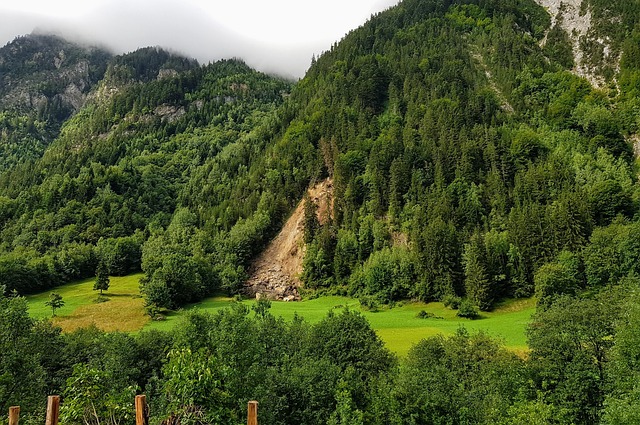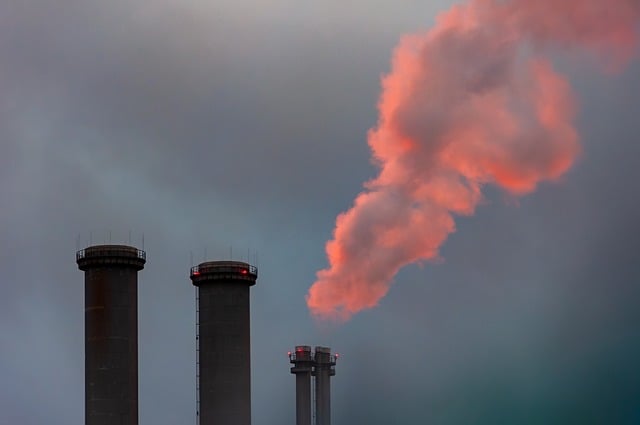
The Environment at Risk: Melting Ice Caps Fueling Landslides from Climate Change
As we navigate through the complexities of our changing climate, the environment stands increasingly at risk, with one of the most alarming indicators being the melting ice caps. This phenomenon is not just a distant concern; it is happening right now and has direct implications for the stability of our landscapes. When ice caps melt, they do not simply vanish into thin air—these vast bodies of ice hold a wealth of potential energy. Their disappearance initiates a chain reaction that can lead to devastating landslides.
Landslides are not just natural disasters; they spell loss. As areas that were once stable succumb to the sudden force of gravity, entire communities can be uprooted. The saturation of soil from increased rainfall, mainly a byproduct of climate change, creates ideal conditions for these landslides to occur. With glaciers retreating, the land that once held firm is now left unpredictably teetering on the edge, waiting for that one extra drop of rain or surge of melting snow to unleash chaos.
The environment around us begins to resemble a powder keg, with our landscapes vulnerable to catastrophic destruction. As temperatures rise and ice caps continue to melt, we see how interconnected our ecosystems truly are. The balance of our environment is disrupted, which can escalate the frequency and intensity of landslides across mountainous terrains and vulnerable coastal areas. Suddenly, regions that were once bustling with life become ghost towns, their beauty stripped away by nature’s wrath.
Moreover, the socio-economic ramifications of landslides triggered by climate change are profound. When landslides occur, they displace families, disrupt local economies, and put additional strain on emergency response systems. This cycle of loss emphasizes the urgent need for us to address the underlying causes of climate change. As we persist in monitoring the melting ice caps, we must also heed the warning signs: the increased likelihood of landslides indicates that our planet is in distress, and so are the communities that rely on stable landscapes for their livelihoods.
Engaging in sustainable practices, advocating for policy changes, and raising awareness about the reality of climate change are critical steps we can take. Each of us holds a piece of the puzzle, and together, we can work towards a resilient future where the risk of landslides and environmental degradation becomes minimal. Our planet is not just an entity; it is our home. It is time to take action to protect it before the consequences of our inaction become irreversible.


